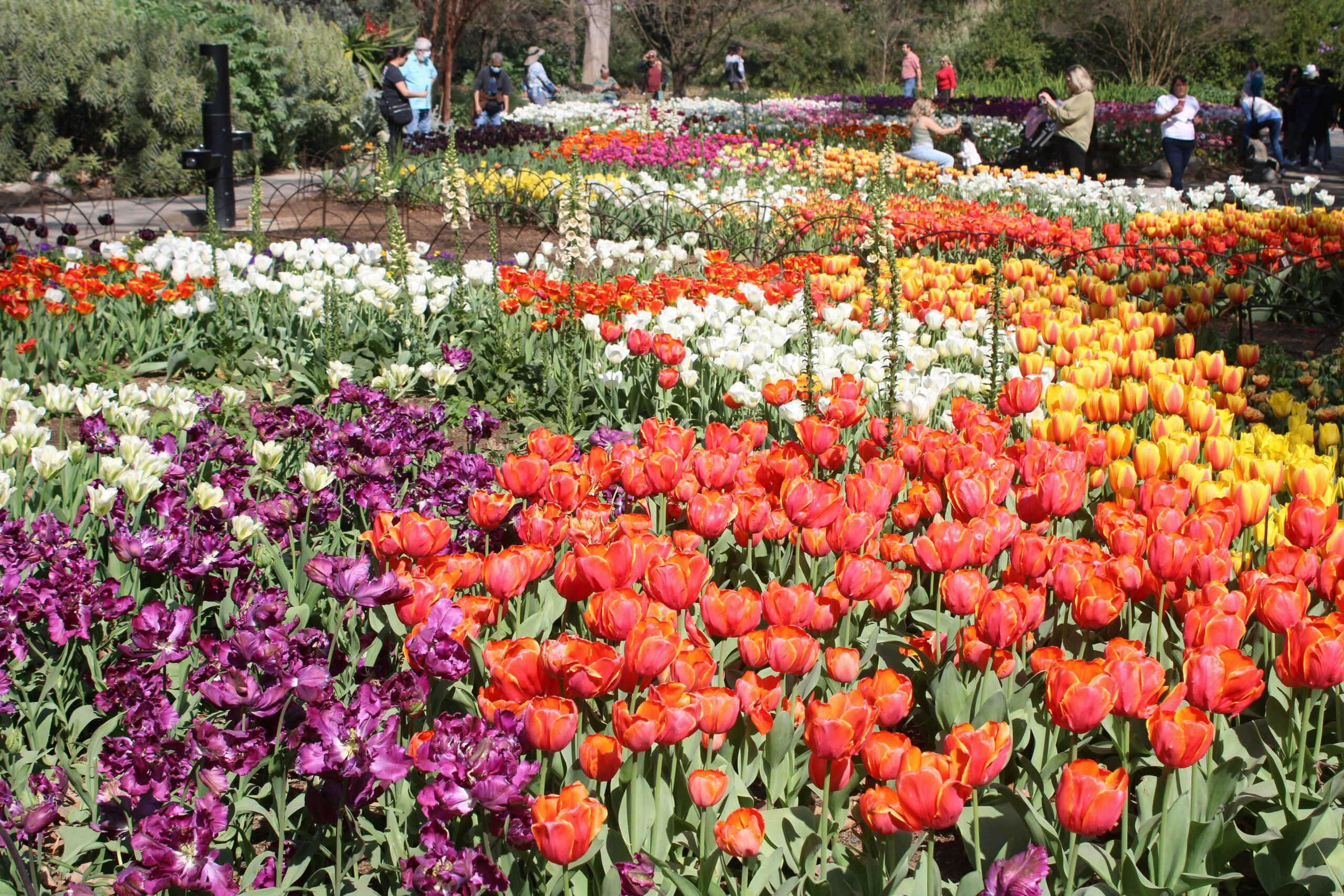Your cart is currently empty!
Global Floral Destinations Offer Sensory Journeys Through History and Art

From Holland’s vibrant tulip carpets to South Africa’s unique fynbos landscapes, the world’s great gardens serve not only as botanical showcases but as living milestones chronicling human history, artistic ambition, and cultural heritage. These meticulously curated spaces, merging horticulture with architecture and design, invite global travelers on sensory pilgrimages where the delicate balance of color, aroma, and texture tells stories centuries in the making.
The quest for the world’s most profound floral experiences invariably begins in Lisse, Netherlands, home to the legendary Keukenhof Gardens. Often dubbed the “Garden of Europe,” this 32-hectare site captivates visitors for a brief, glorious seasonal window, typically mid-March to mid-May. Over seven million bulbs—primarily tulips, daffodils, and hyacinths—are arranged annually in breathtaking, intricate patterns. Unlike gardens relying on permanent foliage, Keukenhof’s genius lies in its dynamic, seasonally transient floral mosaics, complemented by indoor exhibitions showcasing rare orchid and lily varieties. Journalists consistently advise early booking and morning arrivals to photograph the sweeping tulip vistas without the crush of peak-day crowds.
Across the continent, France hosts two contrasting yet equally significant floral monuments. The Gardens of Versailles, designed in the 17th century by André Le Nôtre, stands as a stark testament to royal power and geometric precision. Spanning over 800 hectares, the garden’s symmetry, massive canal features, and grand parterres—all carefully aligned with the palace—are a formal exercise in monumental design. Conversely, Monet’s Garden at Giverny (Normandy) offers an intimate, Impressionistic experience. Here, Claude Monet famously shaped nature into a direct source of artistic inspiration, dividing the space into the vibrant Clos Normand and the tranquil Water Garden, forever immortalized by its Japanese bridge and reflective water lilies, which peak in the summer months.
The global scope of floral mastery extends far beyond Europe, offering diverse ecological and structural narratives:
- Kirstenbosch National Botanical Garden (Cape Town, South Africa): Set dramatically against the eastern slopes of Table Mountain, this venue is crucial for understanding the Cape Floral Kingdom, focusing almost exclusively on indigenous South African flora like proteas and fynbos. Elevated walkways, like the Centenary Tree Canopy Walk, provide sweeping views of both the unique vegetation and the mountainous backdrop.
- Butchart Gardens (Vancouver Island, Canada): This horticultural gem began its life as an industrial limestone quarry before Jennie Butchart transformed it into a series of stunning displays, including the sunken gardens, an authentic Japanese Garden, and a deeply aromatic Rose Garden. Its sustained popularity is due to carefully illuminated evening displays during the summer.
- Emirgan Park (Istanbul, Turkey): A vibrant bridge between history and nature, this ancient public space is the focal point of the Istanbul Tulip Festival each April. Millions of tulips, a historical symbol of the Ottoman Empire, are planted annually in complex mosaics reflecting traditional Turkish design.
- Keisei Rose Garden (Tokyo, Japan): An urban oasis providing respite from the bustling metropolis, this garden exemplifies the Japanese approach to balance and seasonal change. It features over 6,000 rose plants, ranging from antique species to modern hybrids, artfully integrated with water features and subtle landscaping.
- Longwood Gardens (Pennsylvania, USA): Offering unparalleled scale and diversity in North America, Longwood boasts massive seasonal conservatory displays, vast woodlands, and renowned illuminated fountain shows. A full-day visit is recommended to explore its 1,077 acres and continually changing exhibitions.
For the dedicated floral tourist, research remains paramount. Verifiable facts show that peak bloom times vary significantly across hemispheres and depend heavily on local weather patterns; a May trip to Keukenhof catches the tulips, while September to November is ideal for enjoying the wildflowers at Kirstenbosch. Experts emphasize respecting the fragile environments by staying on designated paths and utilizing early morning hours for optimal light and solitude. These gardens, whether testaments to royal ambition or Impressionist reflection, remain vital cultural archives, offering beauty, inspiration, and important ecological lessons for all who wander their fragrant paths.